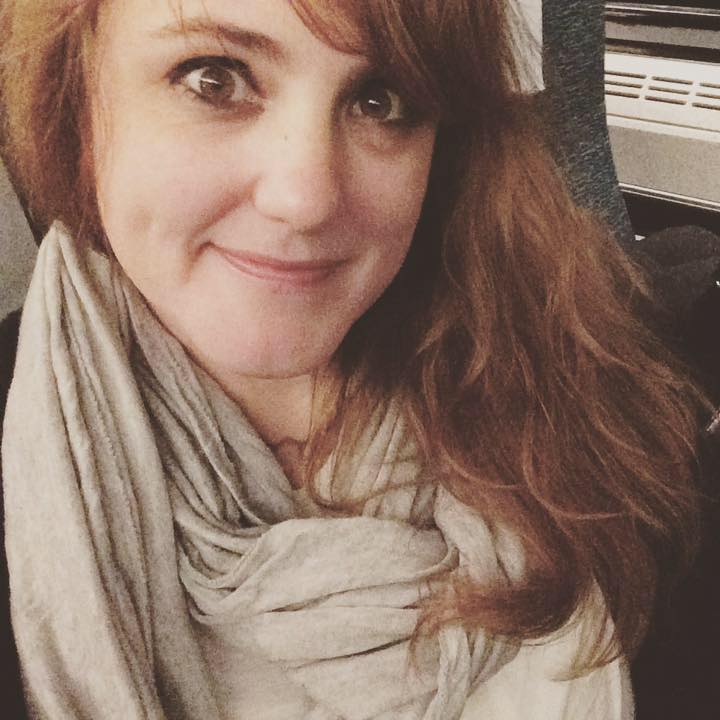All ISEE Lower Level Quantitative Resources
Example Questions
Example Question #81 : Operations With Fractions And Whole Numbers
David lives 

A keyword in our question that gives us a clue that we are going to multiply to solve this problem is the word "of". 
We know that his friend lives 
We can set up a tiled area model to help us solve the problem.
We use the denominators for the dimensions of our area model, and we use the numerators to fill parts of the area model.

We make the area model 



Example Question #82 : Operations With Fractions And Whole Numbers
Matt lives 

A keyword in our question that gives us a clue that we are going to multiply to solve this problem is the word "of". 
We know that his friend lives 
We can set up a tiled area model to help us solve the problem.
We use the denominators for the dimensions of our area model, and we use the numerators to fill parts of the area model.

We make the area model 



Example Question #83 : Operations With Fractions And Whole Numbers
Brian lives 

A keyword in our question that gives us a clue that we are going to multiply to solve this problem is the word "of". 
We know that his friend lives 
We can set up a tiled area model to help us solve the problem.
We use the denominators for the dimensions of our area model, and we use the numerators to fill parts of the area model.

We make the area model 



Example Question #84 : Operations With Fractions And Whole Numbers
Greg lives 

A keyword in our question that gives us a clue that we are going to multiply to solve this problem is the word "of". 
We know that his friend lives 
We can set up a tiled area model to help us solve the problem.
We use the denominators for the dimensions of our area model, and we use the numerators to fill parts of the area model.

We make the area model 



Example Question #85 : Operations With Fractions And Whole Numbers
Dan lives 

A keyword in our question that gives us a clue that we are going to multiply to solve this problem is the word "of". 
We know that his friend lives 
We can set up a tiled area model to help us solve the problem.
We use the denominators for the dimensions of our area model, and we use the numerators to fill parts of the area model.

We make the area model 



Example Question #81 : Operations With Fractions And Whole Numbers
Tim lives 

A keyword in our question that gives us a clue that we are going to multiply to solve this problem is the word "of". 
We know that his friend lives 
We can set up a tiled area model to help us solve the problem.
We use the denominators for the dimensions of our area model, and we use the numerators to fill parts of the area model.

We make the area model 



Example Question #51 : Interpret The Product (A/B) × Q As A Part Of A Partition Of Q Into B Equal Parts: Ccss.Math.Content.5.Nf.B.4a
Zach lives 

A keyword in our question that gives us a clue that we are going to multiply to solve this problem is the word "of". 
We know that his friend lives 
We can set up a tiled area model to help us solve the problem.
We use the denominators for the dimensions of our area model, and we use the numerators to fill parts of the area model.

We make the area model 



Example Question #52 : Interpret The Product (A/B) × Q As A Part Of A Partition Of Q Into B Equal Parts: Ccss.Math.Content.5.Nf.B.4a
Charlie lives 

A keyword in our question that gives us a clue that we are going to multiply to solve this problem is the word "of". 
We know that his friend lives 
We can set up a tiled area model to help us solve the problem.
We use the denominators for the dimensions of our area model, and we use the numerators to fill parts of the area model.

We make the area model 



Example Question #53 : Interpret The Product (A/B) × Q As A Part Of A Partition Of Q Into B Equal Parts: Ccss.Math.Content.5.Nf.B.4a
Russell lives 

A keyword in our question that gives us a clue that we are going to multiply to solve this problem is the word "of". 
We know that his friend lives 
We can set up a tiled area model to help us solve the problem.
We use the denominators for the dimensions of our area model, and we use the numerators to fill parts of the area model.

We make the area model 



Example Question #54 : Interpret The Product (A/B) × Q As A Part Of A Partition Of Q Into B Equal Parts: Ccss.Math.Content.5.Nf.B.4a
Shaun lives 

A keyword in our question that gives us a clue that we are going to multiply to solve this problem is the word "of". 
We know that his friend lives 
We can set up a tiled area model to help us solve the problem.
We use the denominators for the dimensions of our area model, and we use the numerators to fill parts of the area model.

We make the area model 



All ISEE Lower Level Quantitative Resources










































































